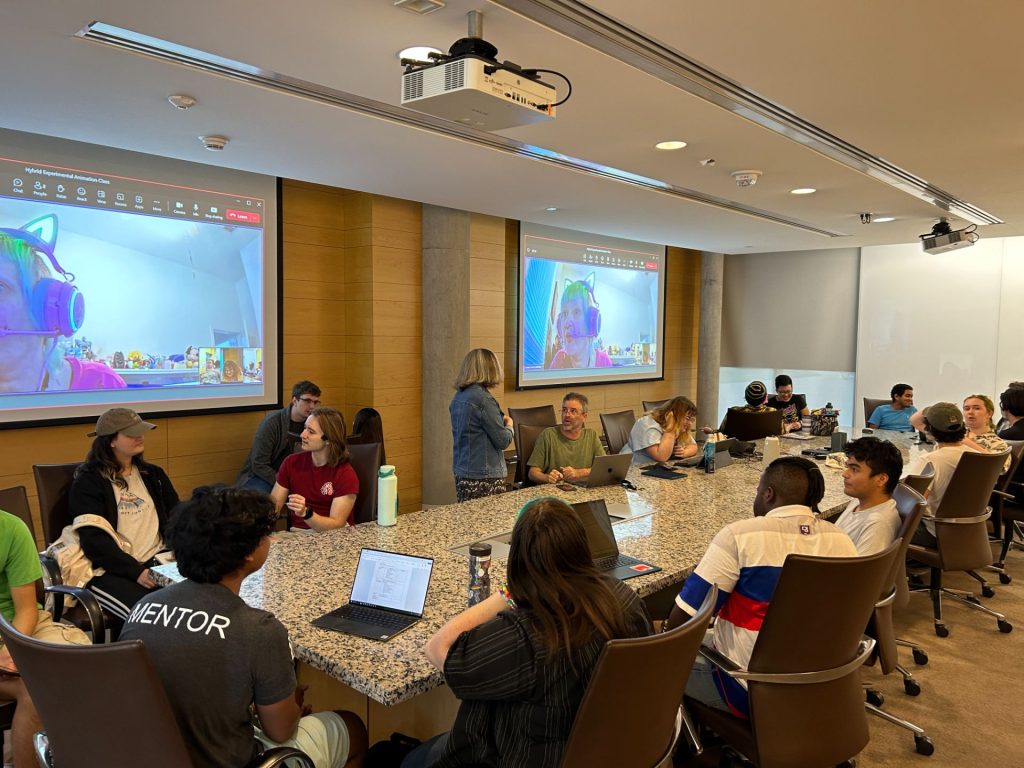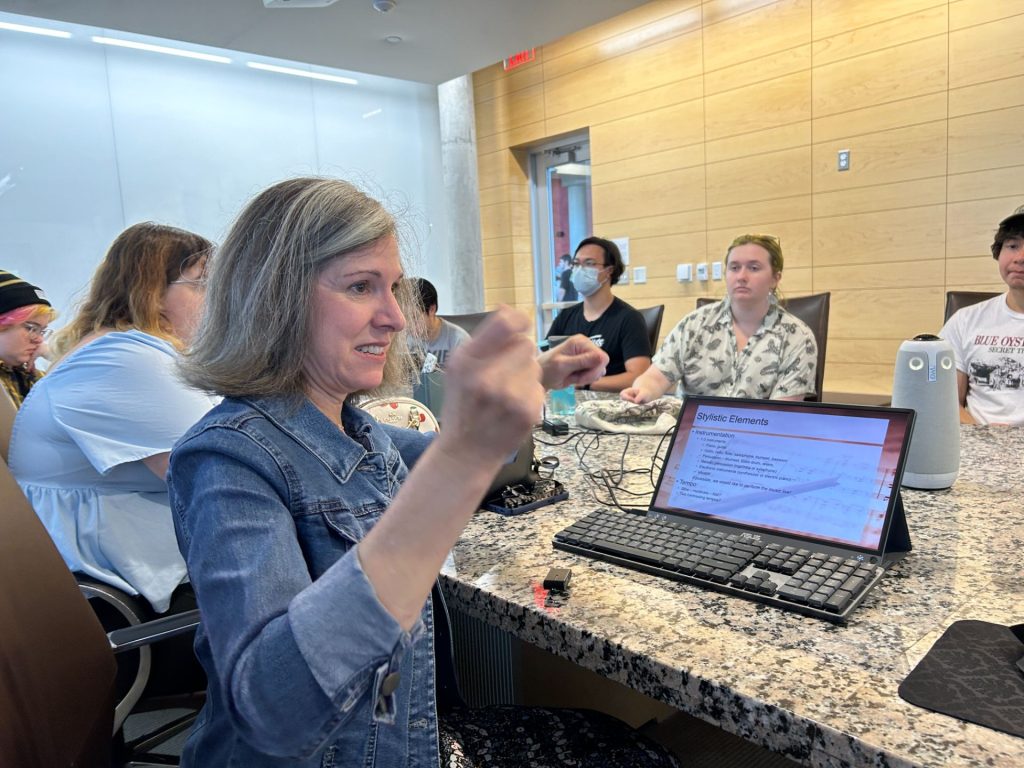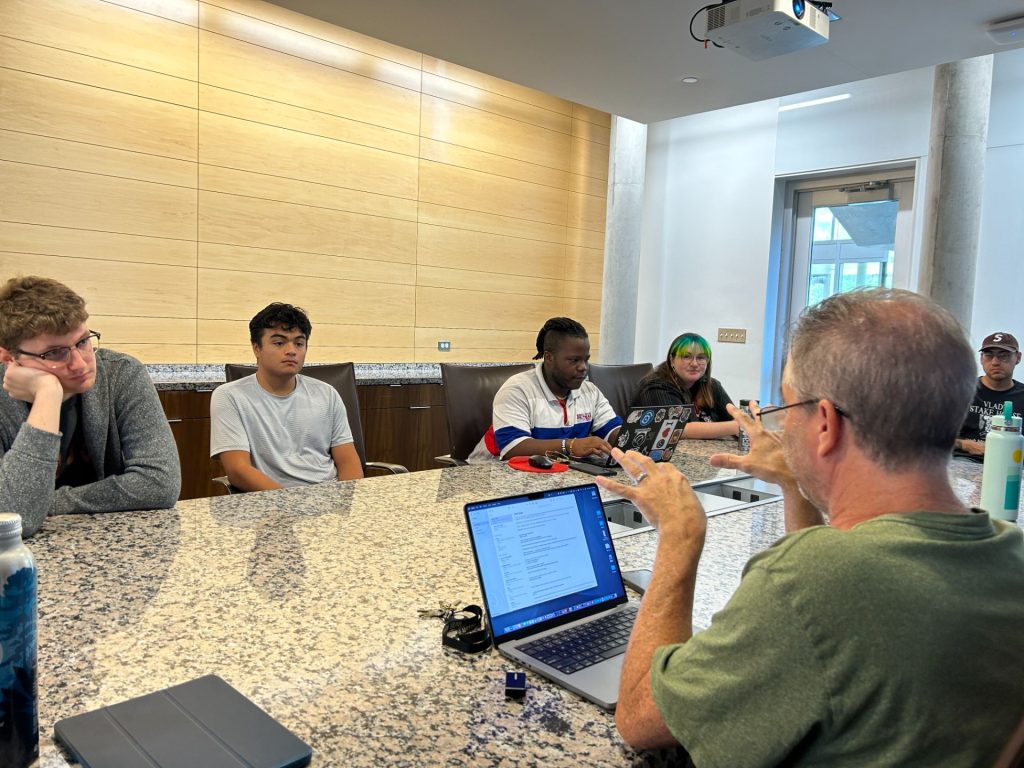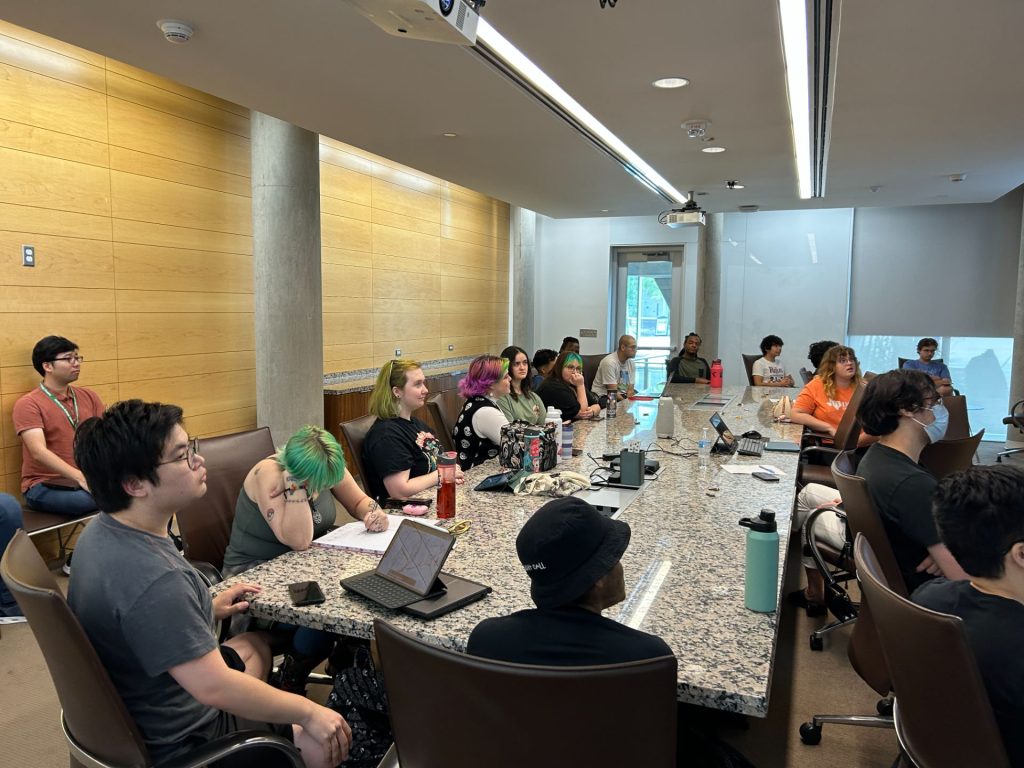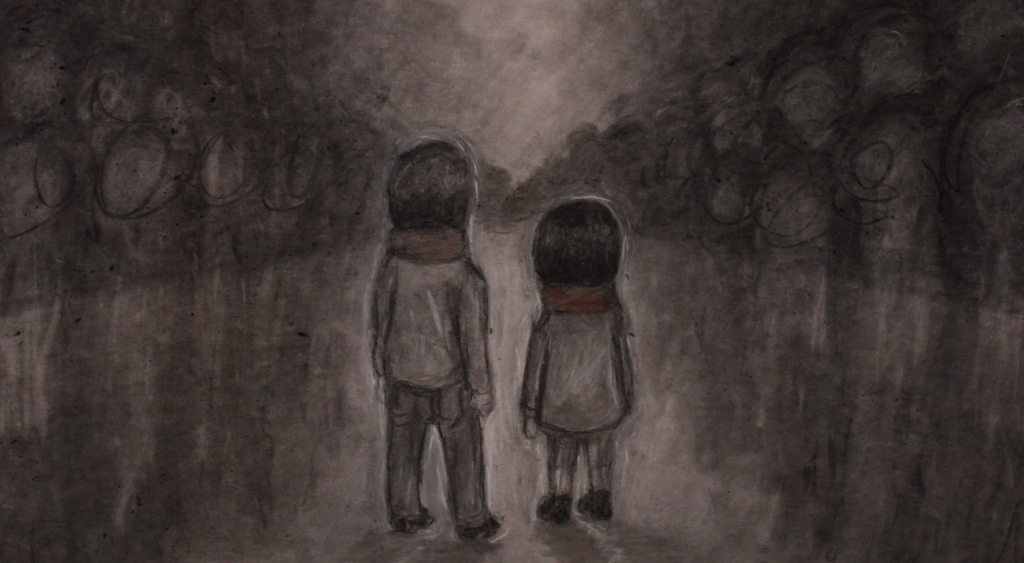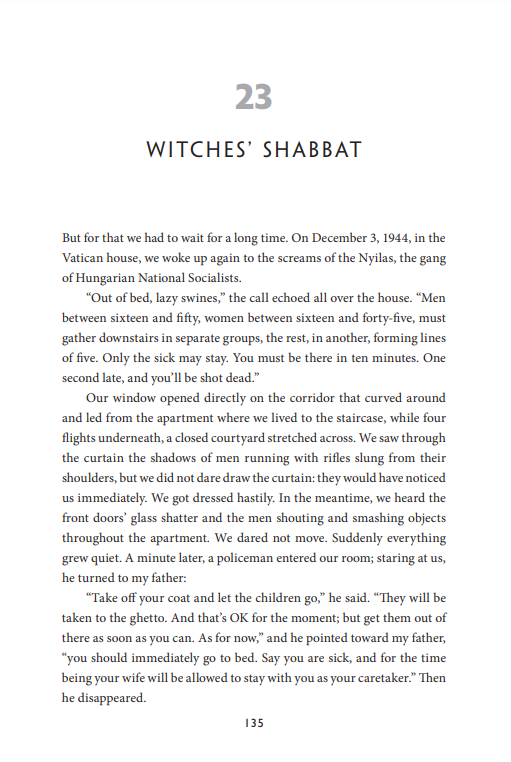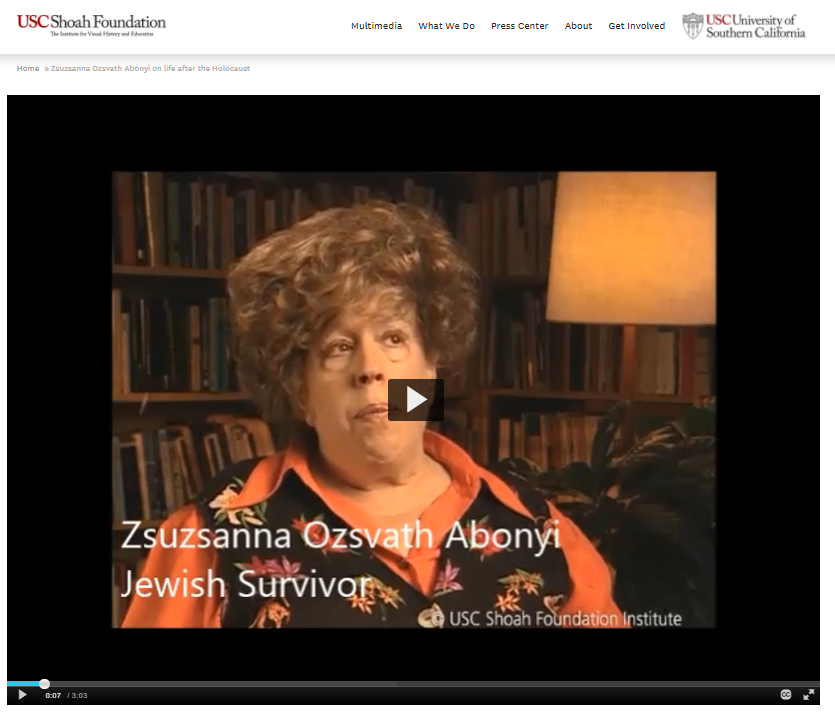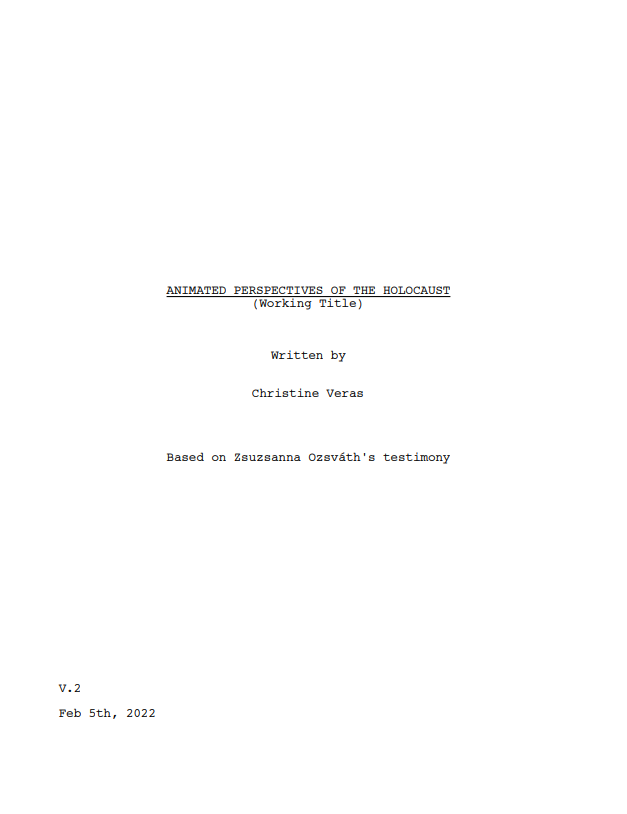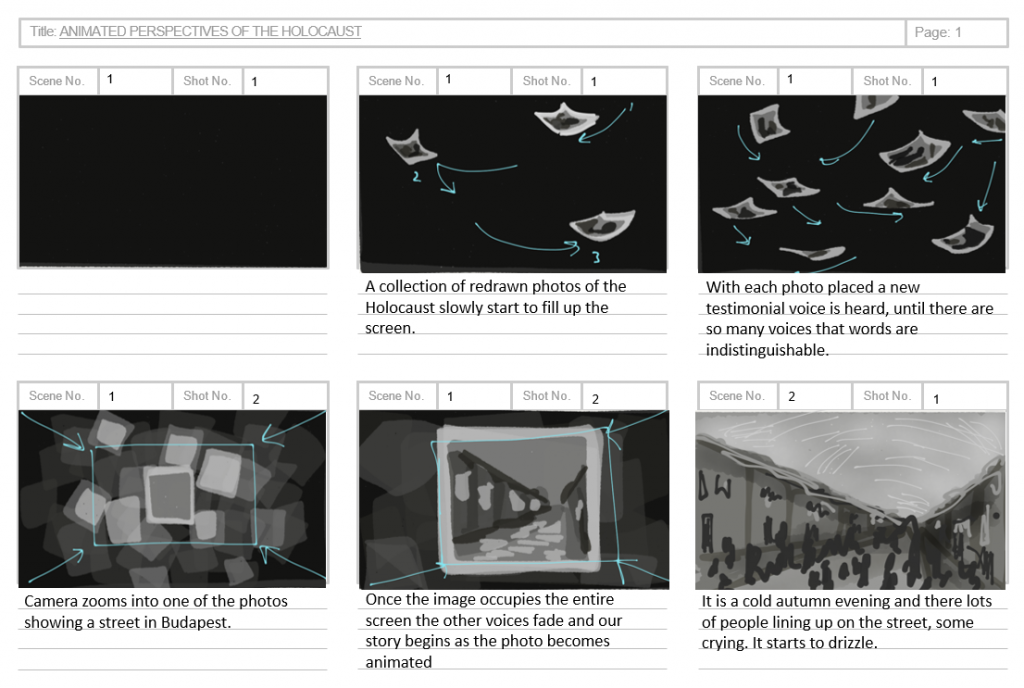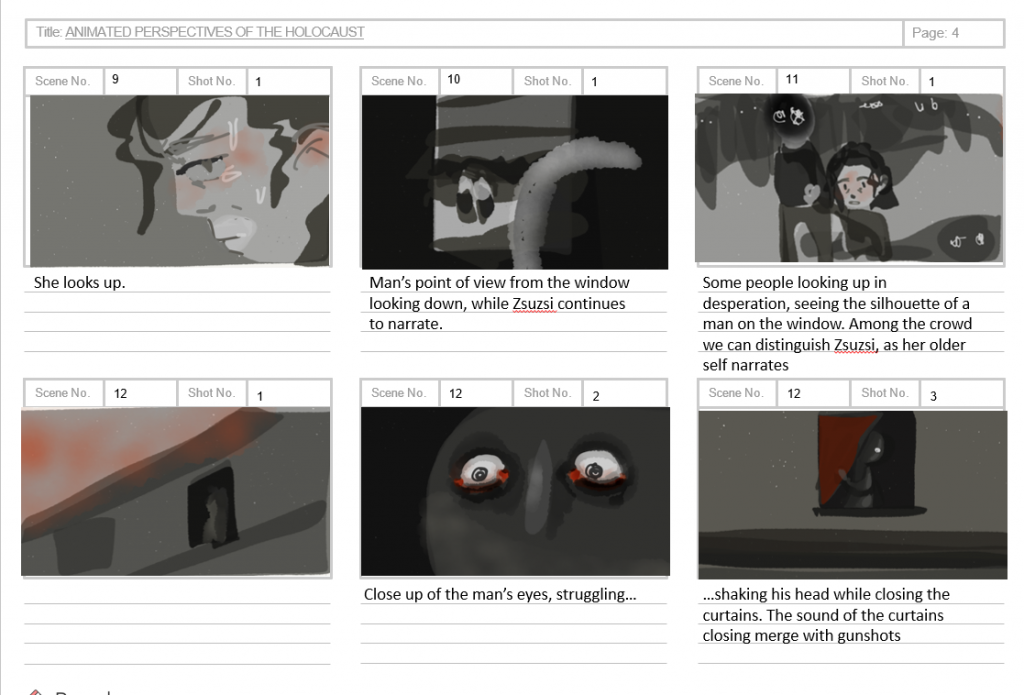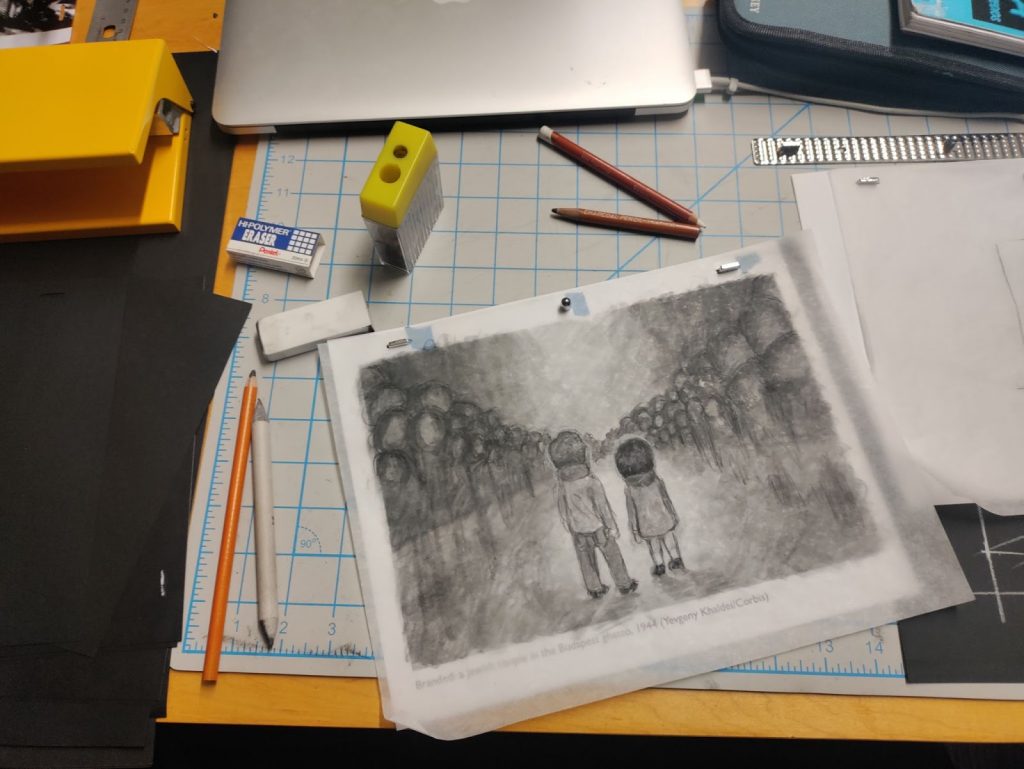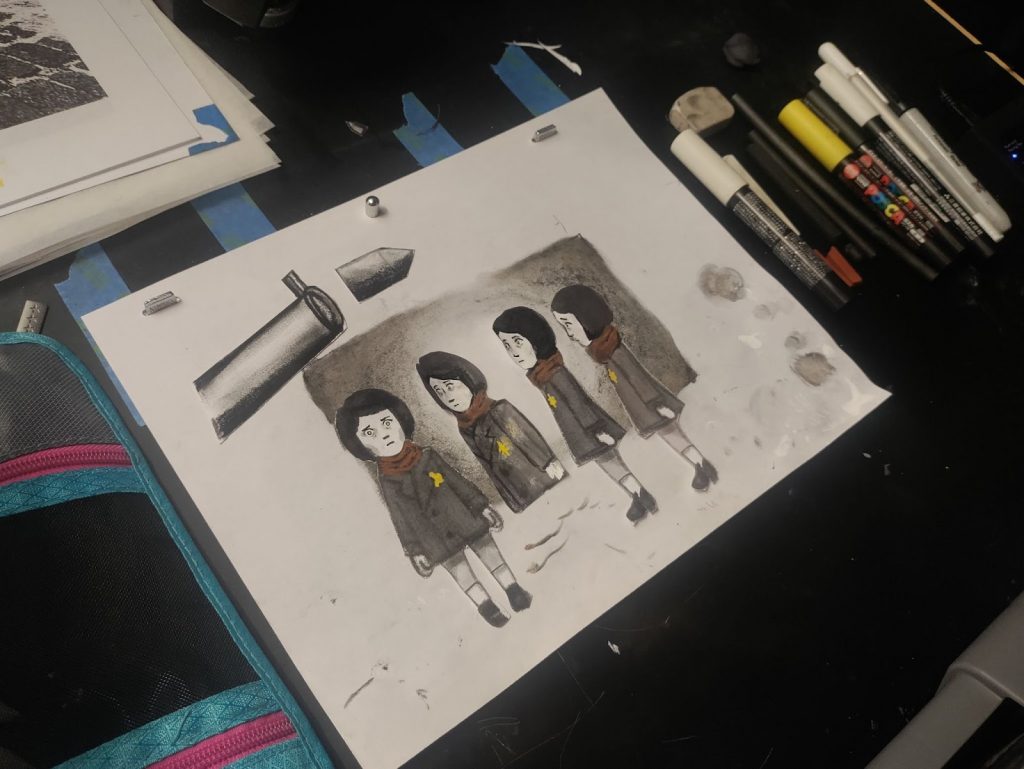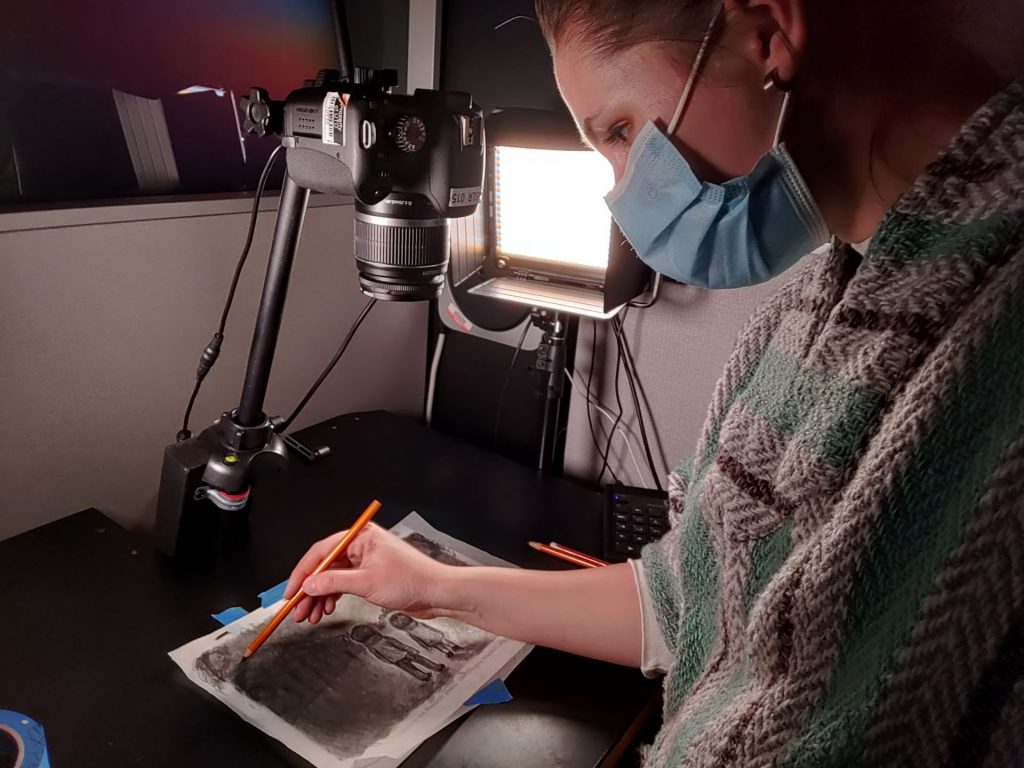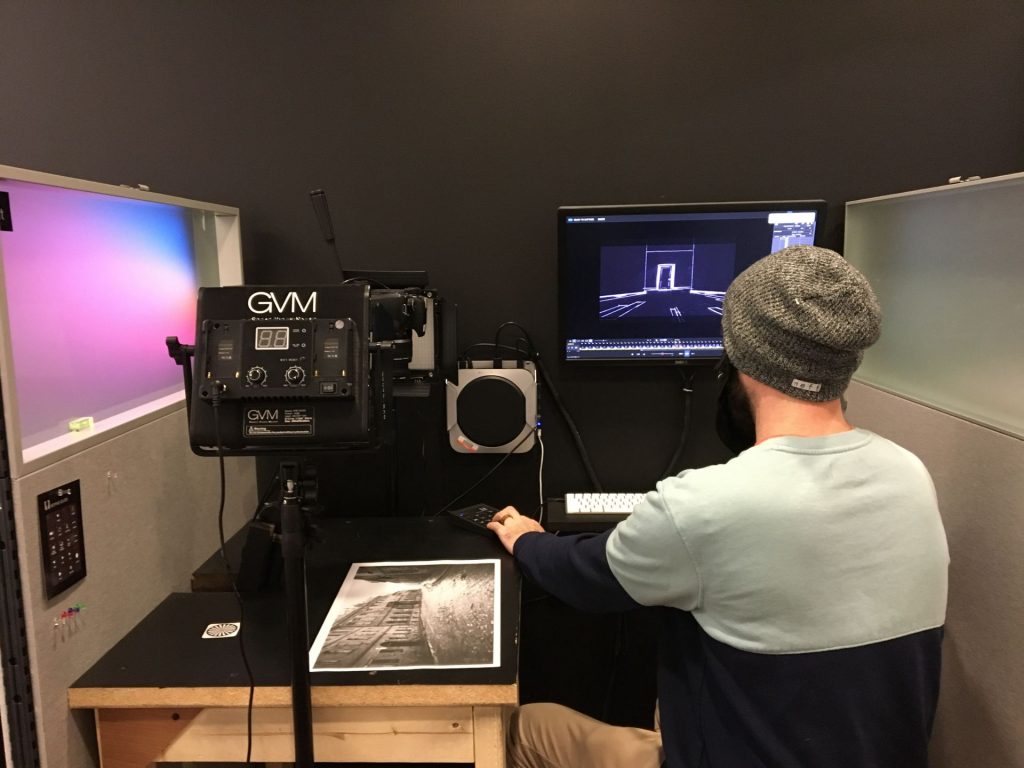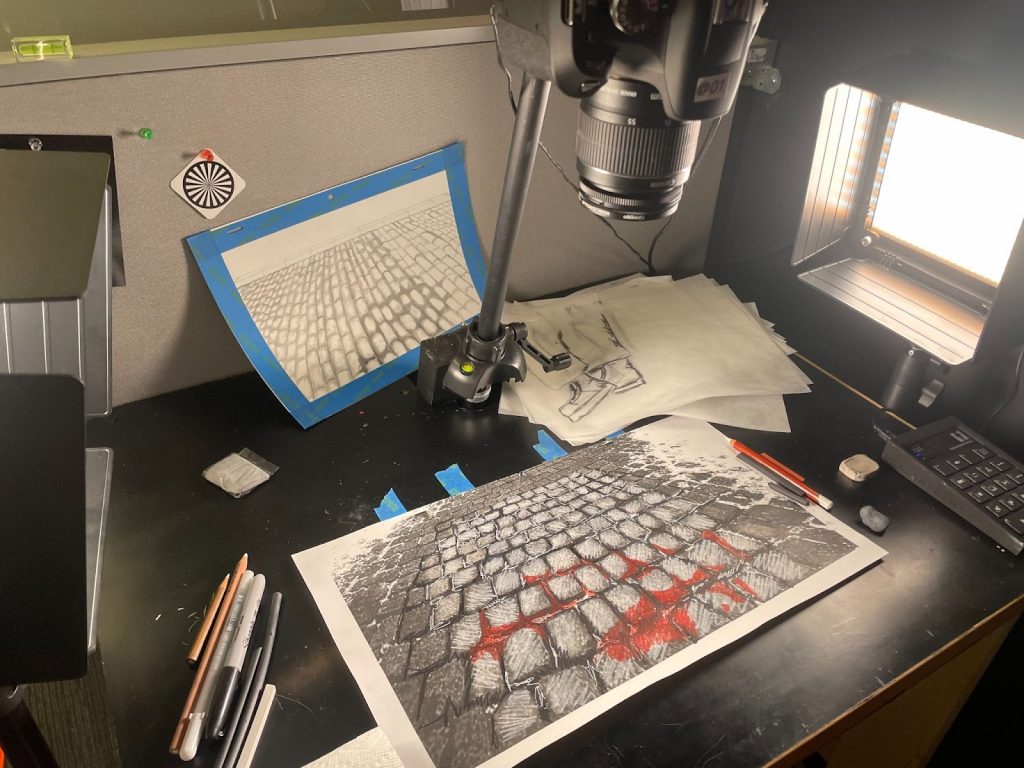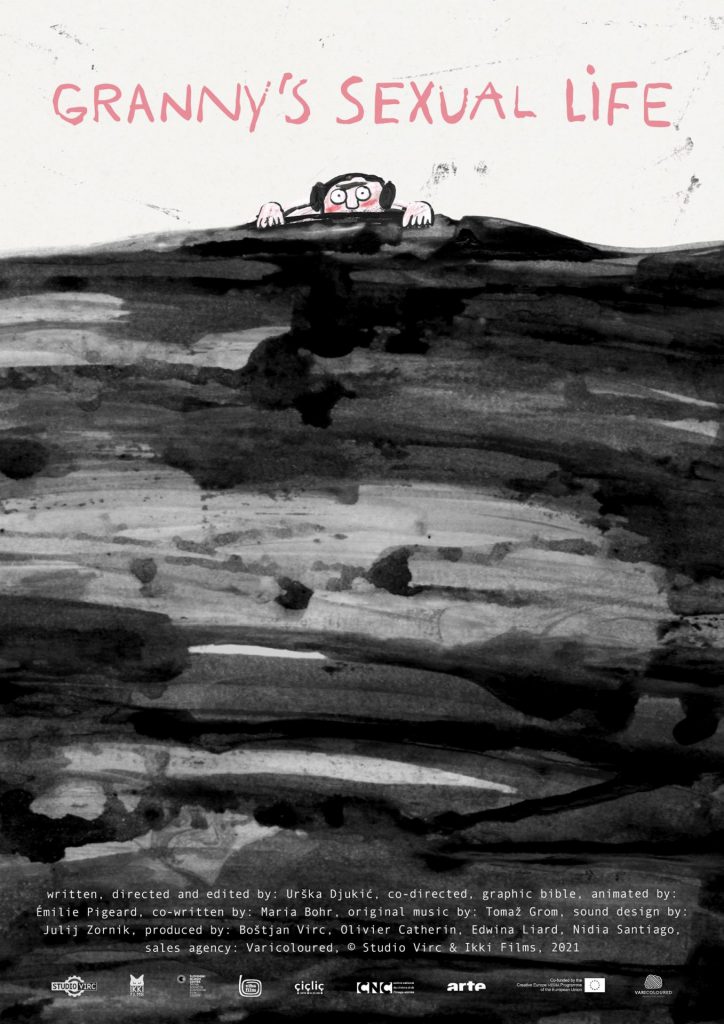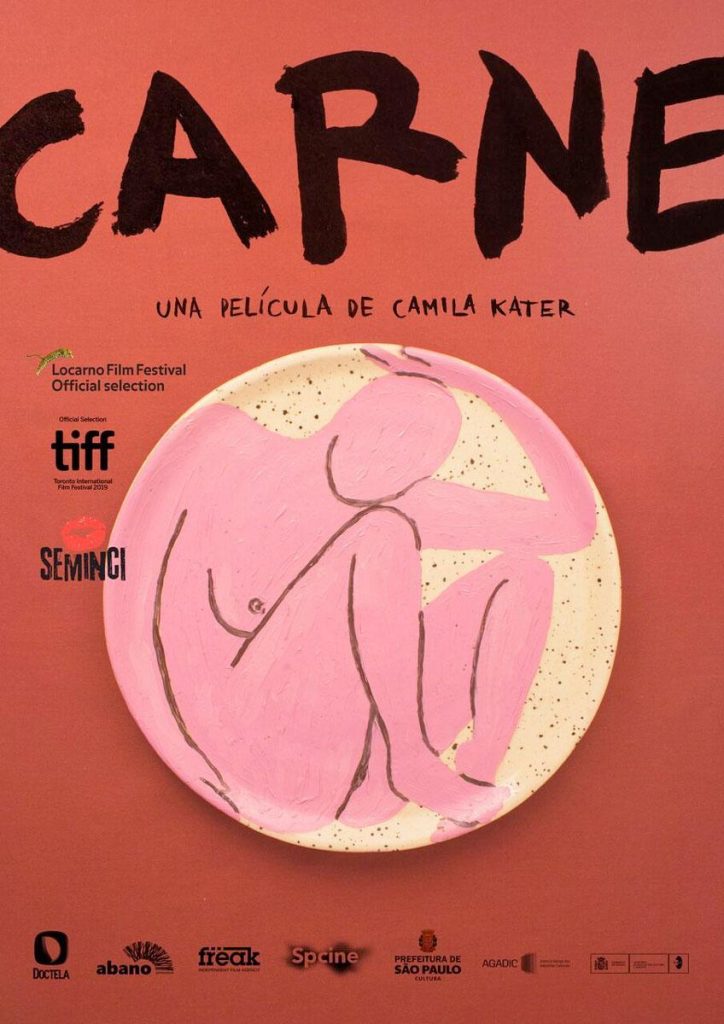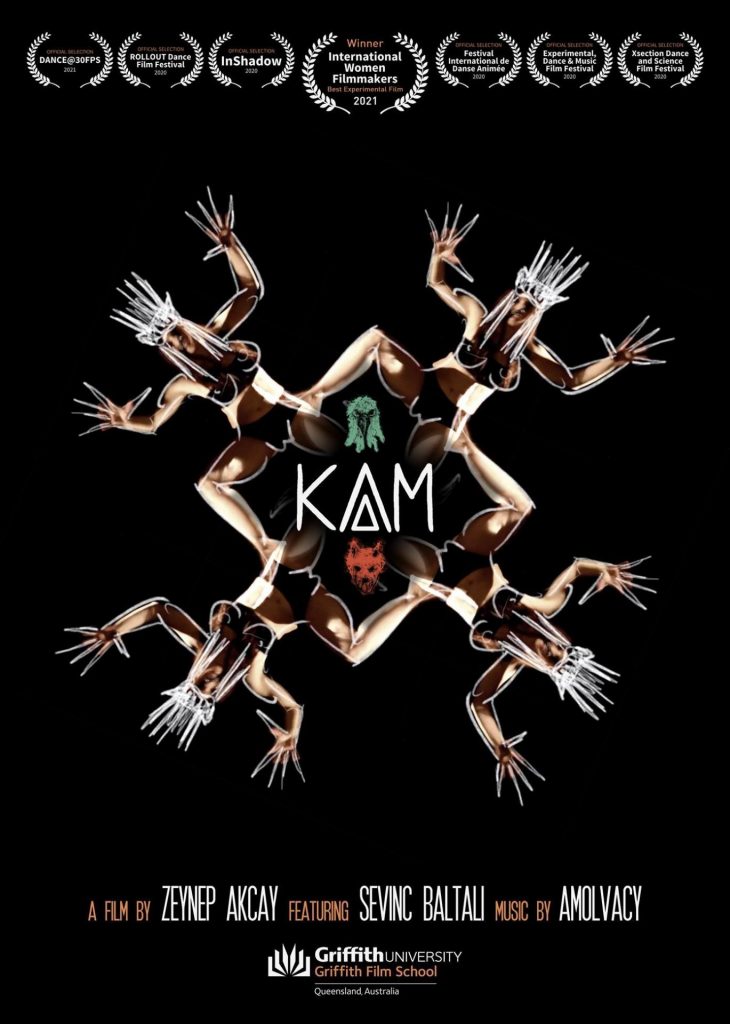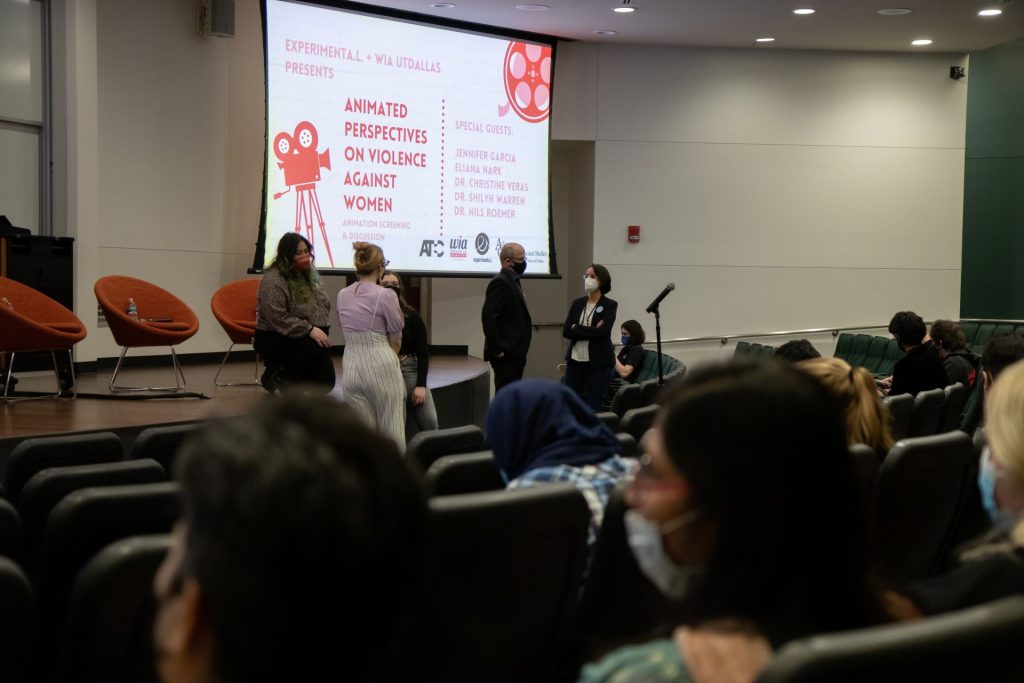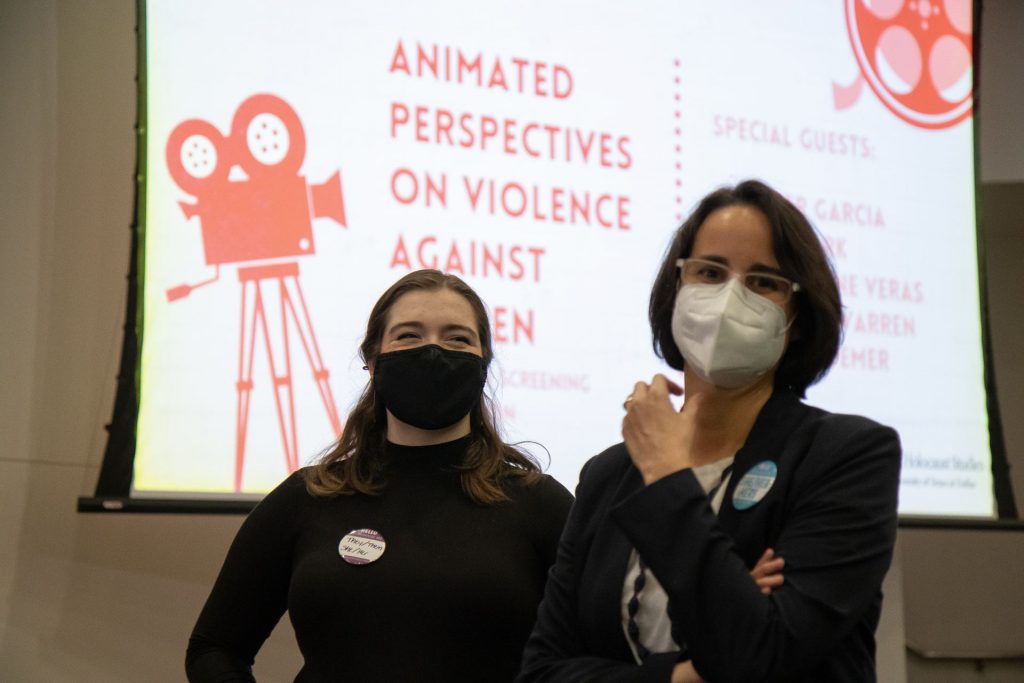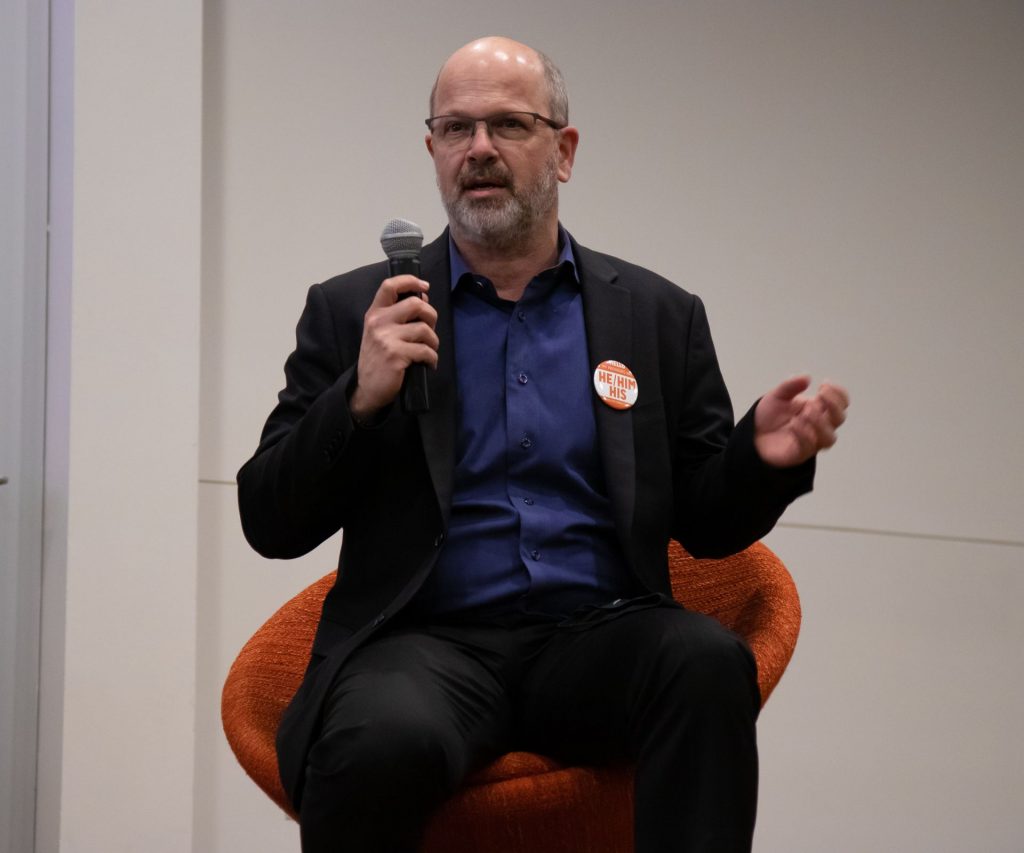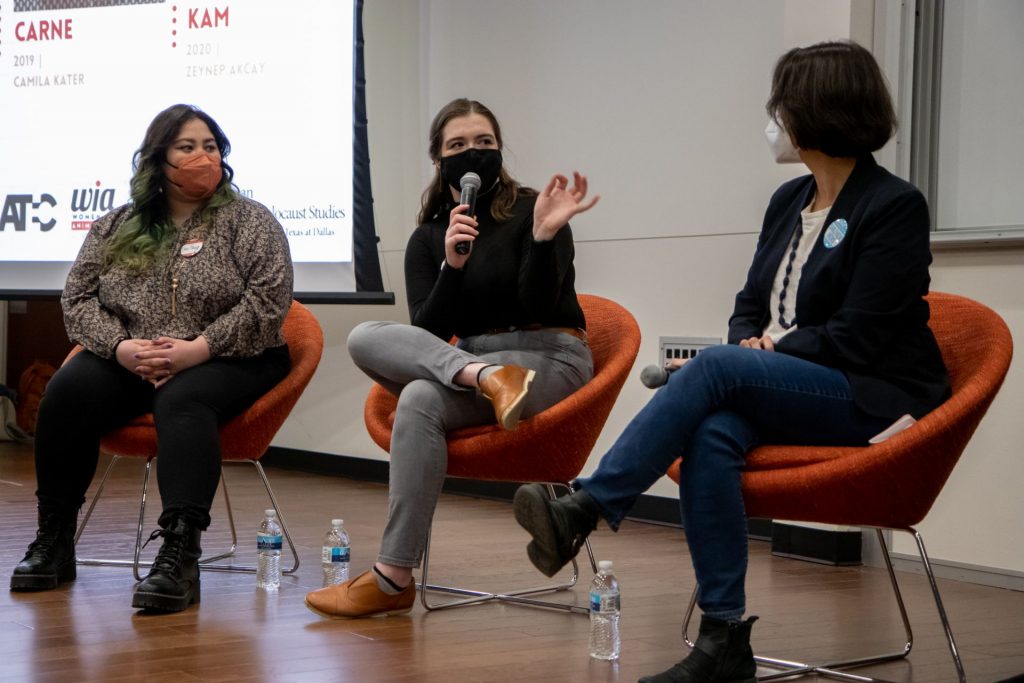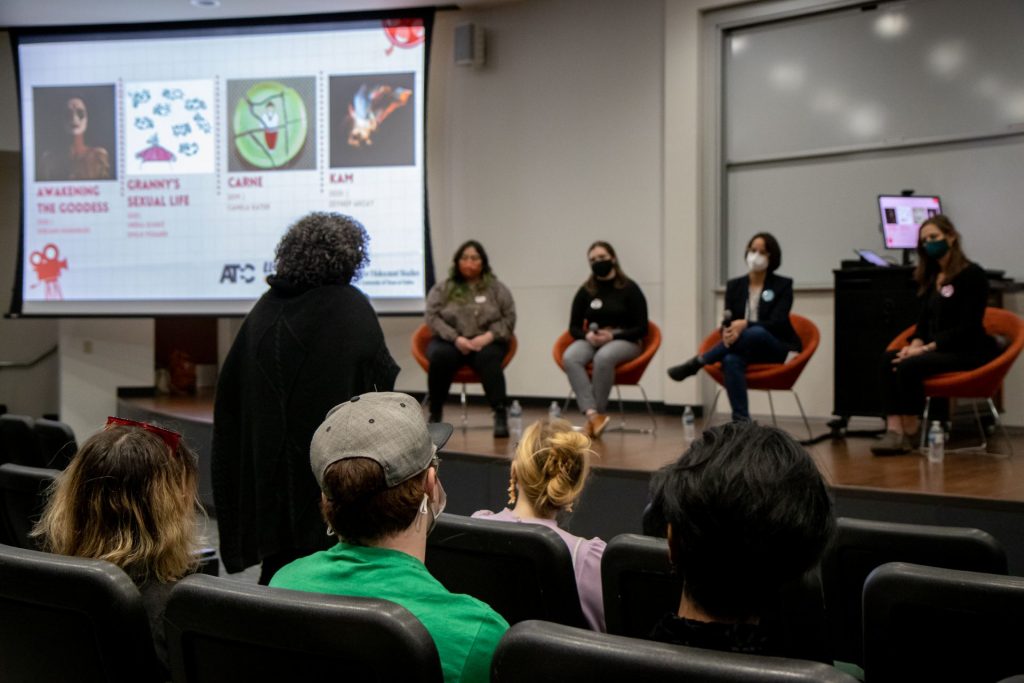This project marks the collaboration between faculty and students, highlighting the courses taught by Dr. Siham Raboune, Dr. Katrina Rushing, and Dr. Christine Veras. This collaboration brings together students from Neuropharmacology, Music Theory, and Experimental Animation to create short animations on the topic of mental health aimed at young adults on our campus. As mental health awareness continues to grow, we hope that this interdisciplinary initiative can offer a playful, creative, and accessible approach to sharing key information about our brain and its chemistry.
Recent research suggests that the prevalence of mental health challenges is increasing among college students, with anxiety, mood and substance use disorders being the most reported. These challenges can negatively impact students’ academic performance and opportunities to thrive. The reluctance to seek help, due to many factors including cultural stigma and unawareness of counseling services accessible to them, can only exacerbate the above stated impact. To that end, we embarked on this interdisciplinary project that aims to promote and elevate students’ awareness of mental wellbeing and help-seeking behavior through animation. Students from Neuropharmacology, Animation, and Music classes and faculty alike will engage in a deeper perspective for collaborative work needed to amplify the cause and to stay abreast of emerging science, humanities, and arts while students concurrently enhance their knowledge base or practice in their corresponding discipline area.
Join us on Monday, October 21st at 7 pm in Jonsson Performance Hall to watch these unique animations and hear from the students who collaborated on the project. More information can be accessed here.
Below are some behind-the-scenes photos from the animation production:













From the music students’ perspective, they have the opportunity to collaborate with other disciplines to create meaningful and memorable projects. Dr. Rushing hopes that her students will gain confidence as they create, collaborate, and connect with students in animation and neuroscience, highlighting:
· Creativity: As musicians, this project will enhance their creativity and musical composition skills with real-world experience.
· Collaboration: Teamwork with other departments will provide opportunities to communicate with non-music students to create a meaningful project.
· Mental health awareness: Collaboration with neuroscience students will increase their recognition, compassion, and awareness of mental health issues; furthermore, I hope they will gain reliable information on how to seek help for themselves and others.
· Animation appreciation: Working with animators will give music students first-hand knowledge, understanding, and appreciation for the time-intensive animation process and the numerous styles of animation.
· Fun! Finally, I hope this project will be a rewarding and memorable highlight of their time at UTD.
Here are some photos of the musicians at work:









By combining scientific insights with artistic expressions through music and visuals, we aim to foster a better understanding of mental health and help students find resources available on our campus. From the perspective of the animation students, this project will empower them to explore complex topics through animation and emphasize the importance of communication and collaboration among their interdisciplinary team members. As a result, the project may contribute to a supportive and well-informed community on our campus.
Students also presented their work in progress:










Here is where to find help on our campus at the Student Success Center. Take the first step—talk to someone who understands: https://studentsuccess.utdallas.edu/
Watch the animations and music created exclusively for this project:











